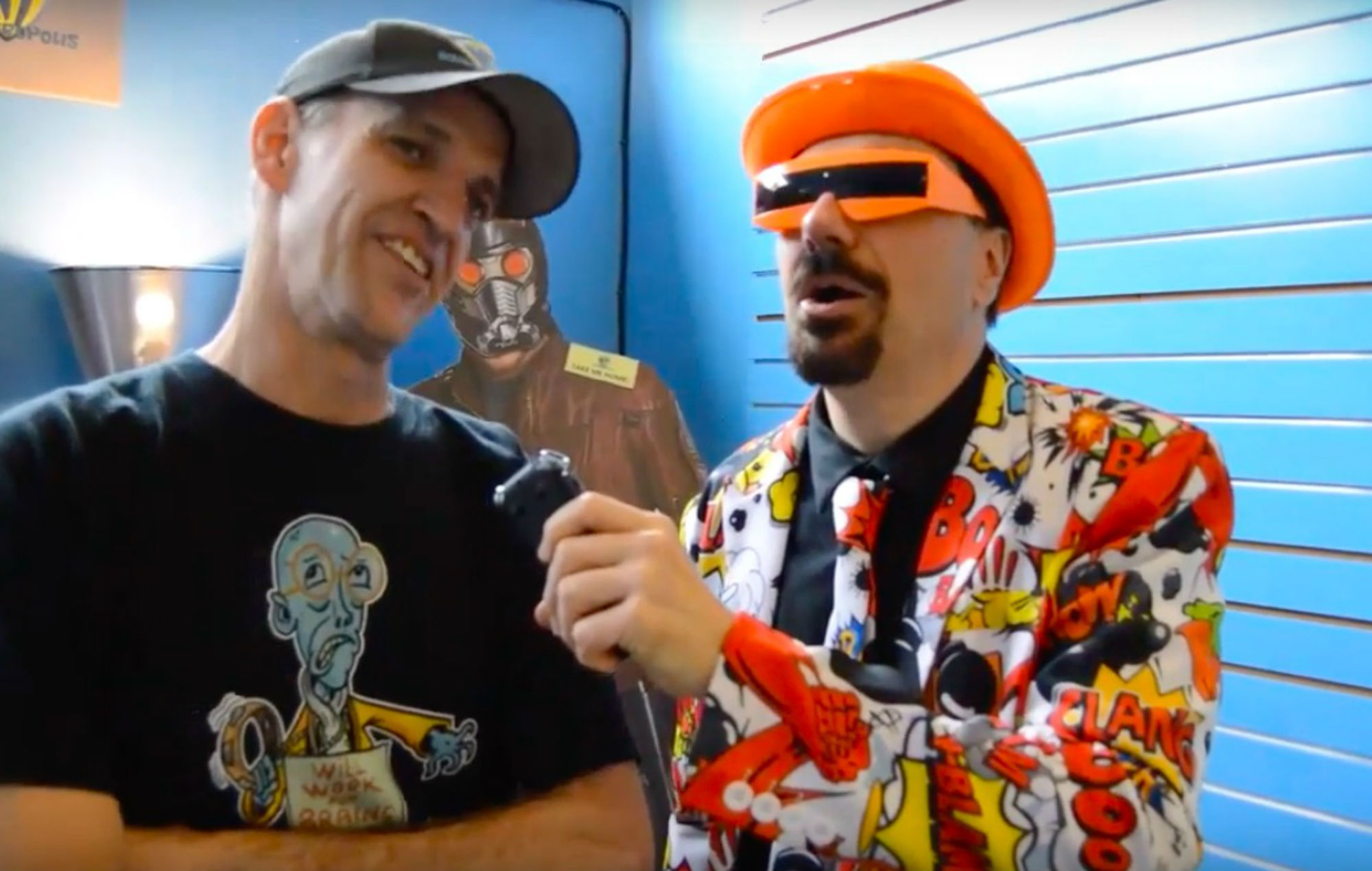
If The Notebook was the film that made Ryan Gosling famous, then Drive (10 years old this week) turned him into an action star. Darker and far more violent than that 2004 romcom, director Nicolas Winding Refn’s neo-noir classic received a 15-minute standing ovation at Cannes when it premiered in 2011, going on to become the arthouse’s answer to The Fast and the Furious.
Gosling plays the Driver, a stuntman working in Hollywood who moonlights as a getaway driver for LA’s criminal underworld. After falling for neighbour Irene (Carey Mulligan), his dual life is turned upside down when he attempts to help her husband (Oscar Issac) pull off a million-dollar heist.
The promise of A-List actors and high-octane thrills was what brought audiences into cinemas to watch Drive, but for many, it was a love of the film’s score and soundtrack that endured. As the Driver patrols the City of Angels in his 1973 Chevrolet Malibu (which was broken into parts and rebuilt by Gosling ahead of shooting), a collection of ‘80s-inspired synth melodies and Europop bangers accompany him on his escapades.
“It’s a testament to when someone takes a chance, and does something really creative and unexpected,” explains Chromatics‘ Johnny Jewel, who played an important role in the soundtrack’s creation.
“It can create upheaval and change everyone’s definition of what works. From the ‘Risky Business’ intro titles to using a heavily synthesised score, I think [Refn and his team] took a big risk. When people roll the dice, it resonates so much.”
Speaking to NME from his home in California, Jewel remembers how he was first approached to collaborate on the film while on a West Coast tour with Glass Candy and Chromatics. Two weeks before cameras started rolling, Refn, Gosling (a massive fan of Chromatics’ 2007 ‘Night Drive’ album) and a couple of Drive’s producers came to Jewel’s LA concert to offer him the gig.
“Ryan had been brought on the project and had a choice of director and composer. We talked about how it would be really cool to do an electronic bass score, which at the time people weren’t doing,” he says. “It hadn’t really been done on a more mainstream level for a very long time.”

Despite having previously scored Refn’s 2011 crime thriller Bronson, starring Tom Hardy, this was Jewel’s first time working with the director personally without a music supervisor acting as a go-between. Early brainstorming concluded Drive should emulate the sounds of Dario Argento’s filmography, who regularly collaborated with Italian prog-rock group Goblin on movies such as Suspiria. Other influences came from the likes of Brian Eno and ’70s Krautrockers Tangerine Dream.
Jewel started out on scoring Refn’s next masterpiece, a task which he refers to as the musical equivalent of “cross-training”. In the end, his version of the score never made it into the film’s final cut. But Chromatics’ ‘Tick of the Clock’ and ‘Under Your Spell’ by Desire, his synth-pop group with singer Megan Louise and fellow Chromatic Nat Walker, did (among others) – and became synonymous with the film.
“It’s part of the process, it’s what they call the cutting room floor,” he says, telling NME the move wasn’t a slight but a mutual change in direction. “It’s the same as when you’re making a pop album or a photo shoot, you’re only using highlights or a few moments. Obviously you always want things to be heard, but it’s more important what works for the greater bird’s eye view of the project. That is the most important focus.”
After Jewel left the project, Cliff Martinez was brought on to finish the job. The composer and former Red Hot Chili Peppers’ drummer is best known in the film world for his work on Steven Soderbergh’s Contagion. But he’s since become a Refn mainstay, providing music for Only God Forgives and The Neon Demon. Drive, though, was a different kettle of fish entirely.
“I had five weeks, which is unusual. Usually, when they call for the composer they are editing the picture,” he says. “I was working with the final cut, which was pretty advanced. There was no time for second, third or fourth drafts of music. You had to go with your first impulse and it had to be right.”
Martinez based his music, which was used in the movie, on the temporary score employed earlier in Drive’s production, as well as Jewel’s prior work that Refn wanted to be reflected in the theatrical cut of the film. It was rewarding, says Martinez, to work with a director who appreciated the importance of music in cinema.
“Each time we work together it gets better because he knows my capabilities and limitations, and I know what his preferences are,” he says. “There’s an understanding of what each other does and what each other’s musical personalities [that’s grown] over time.”
Even though he has not seen Drive in nearly a decade, Martinez still remembers the feeling of accomplishment he had for what they achieved. Each and every scene – from the iconic, bloody elevator scene to the panoramic shots of Gosling zooming through the streets of LA – is improved by his vibrant and emotionally intelligent compositions.
“The other day, I asked Nicolas if he knew what the formula was for making a movie like Drive,” recalls Martinez. “If you could make Drive II, could you repeat the success of the first one? He told me: ‘No’. It was a miraculous coincidence that happened to work.
“As a composer, I would like to recreate that kind of filmmaking experience. I’ve been scratching my head for the last 10 years wondering what the recipe is for creating a soundtrack that was as successful as the Drive soundtrack.” If he ever nails the formula again, we’ll be first in line for tickets.
The post ‘Drive’ at 10: the story behind its moody, synth-laden soundtrack appeared first on NME.







